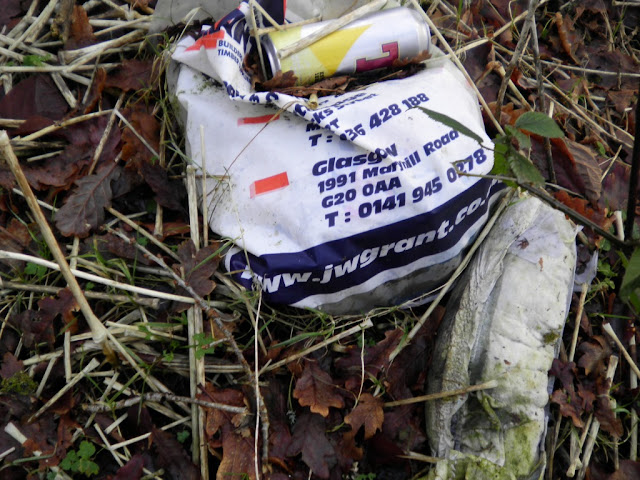This week I've been spending time organising BSAC First Class Diver events. There are two prep events in Scotland as well as the exam and I am helping on all of them at the moment. I did my First Class back in 1985, four years after I started diving. I was lucky to be in a club that encouraged everyone to higher qualifications and to be diving with some of the foremost explorers of Scotland at that time so the diving I was doing was incredibly adventurous and challenging. Nowadays I feel the diving available is more packaged.
The Charna when she was still a dive boat
For an expedition to St Kilda in the early 80s we hired the Charna (
now a dive site rather than a dive boat) run then by Jim Kilcullen now of the Kylebahn. We vittled the expedition ourselves, took our own compressor and our own inflatable. We researched and planned the dives we wanted to do and ran them ourselves. I took my wife Jo and my mum (she was the only one who could stand up in the galley without banging her head) as they both wanted to see St Kilda.
Here is a photo of St Kilda from the bay.
The Charna in Village Bay at St Kilda
The hard boat dives I've been on in the last few years seem to rely more on the skipper to choose the dive sites and run the dives. Not always to the best effect for the divers I sometimes feel. Is this because we have gravitated to the easy option? Are we not teaching up and coming divers the skills they need to organise these dives? Are we setting young divers a poor example so they think the norm is let the skipper choose? I think we are doing all of these things but "market forces" have also played a part. As skippers have offered a better product so they have improved their planning and control to make it easier for the divers. The PADI concept of being taken diving I feel has also had an effect.
Because of this First Class is the time when divers really have to start understanding how to organise dives and expeditions. The First Class Diver definition (from Andy Hunt, First Class Chief Examiner):
"A First Class Diver is the highest diver grade available within the BSAC and is defined as a diver
who has:
- a high level of practical diving skills and knowledge beyond BSAC Advanced diver
- the ability to organise groups of divers and lead major diving expeditions to achieve specific aims or objectives
- the ability and knowledge to contribute to the BSAC at a branch, regional and national level."
On the exam diving skills are usually good especially now most candidates have done mixed gas and rebreather diving. The problems occur with the organising, leading and achieving. Finding a location for a wreck or other underwater feature eats time and shows who has done it before. There are usually lots of bits of laminated paper with great plans on but a lack of realism and achievement. So if at this level these skills are lacking are we missing out on teaching these in the branches? Hence why we now have First Calls prep events? BSAC has spent many years saying "If we examine it then surely we should first teach it?" Well I heard someone say it once.
So the prep events this year are a hard boat out of Lochaline and inflatables from Cumbrae. Both events are well subscribed which bodes well for the exam. I am looking forward to them all.
As well as BSAC I am also a member of ScotSAC, the scottish club. ScotSAC have taken a different approach to First Class. For a number of years they have not had anyone who could teach or examine First Class. This is understandable as the last I heard they have dwindled to under 1100 members (
Board Meeting Minutes, 20th June 2012). First Class used to be similar to BSAC in that you had to prove yourself via both theoretical and practical exams. Now you prove that you have experience by having logged (in the correct format) over 500 dives, have completed several nationally accepted courses and your branch diving officer feels you are suitable (
full details here). This is an interesting approach to this level but I am not sure it gives a First Class Diver an active position within the club. It gives bragging rights and shows you are a survivor. But are you qualified to do anything more than a Master Diver? Is it just a different definition of "pushing the envelope"?
On a totally different front a friend contacted me with details of a dive boat operating out of, but not restricted to, the Moray Firth. Details
here. It is the Monadliath which has just had a complete refit and is almost ready to go.





































